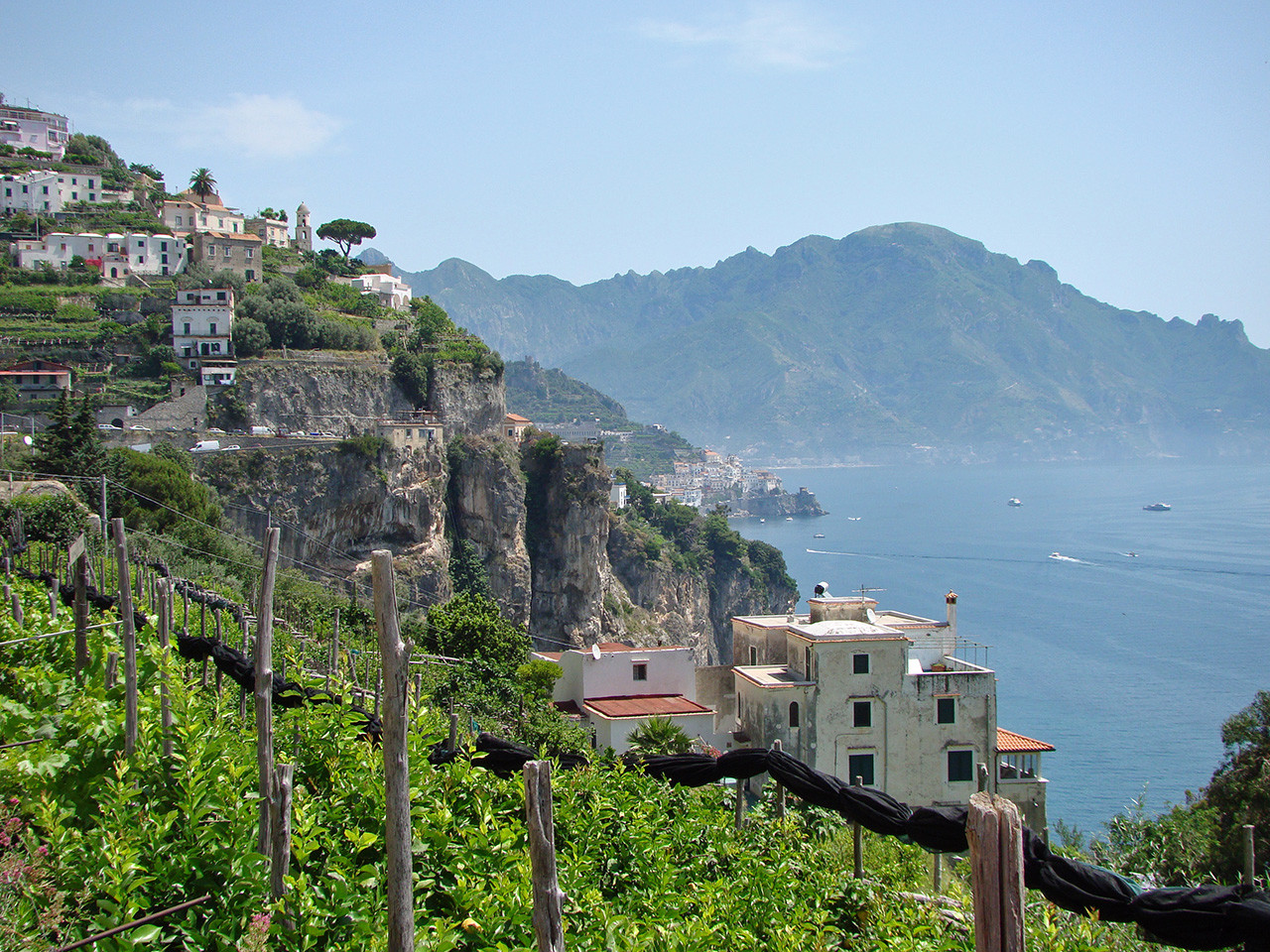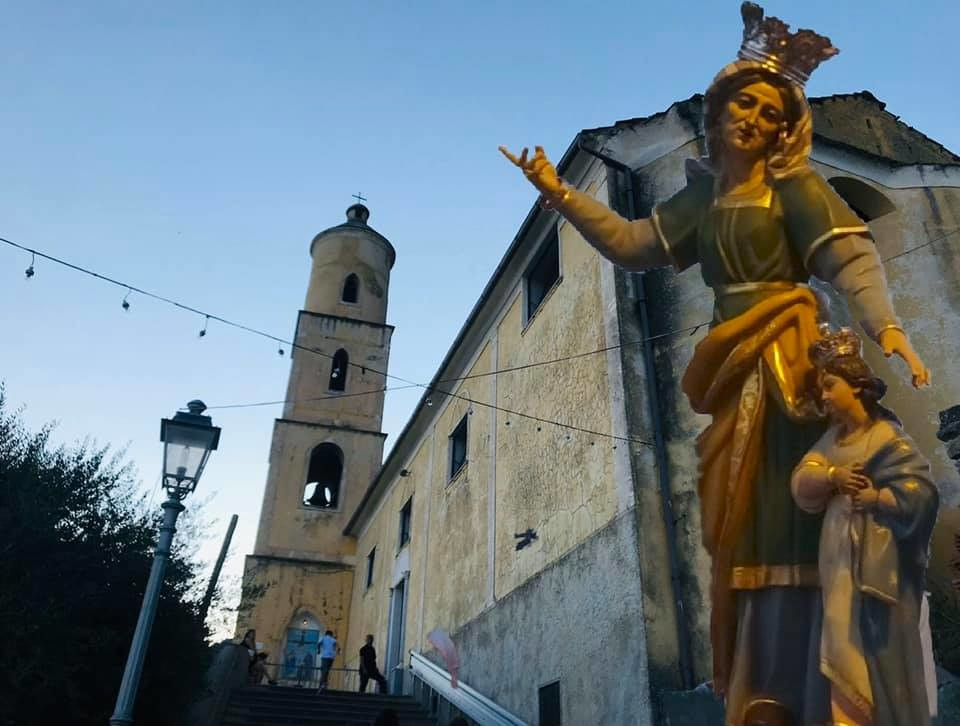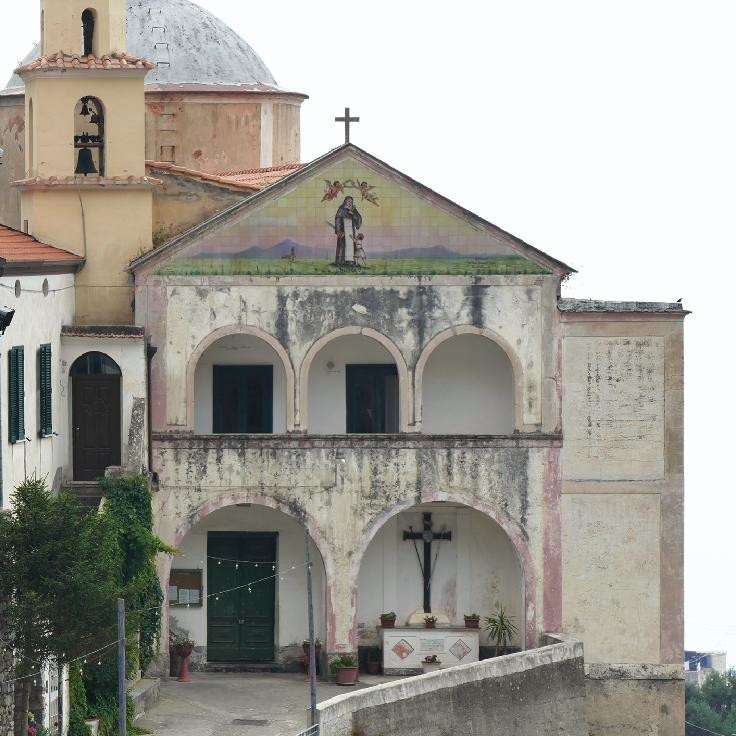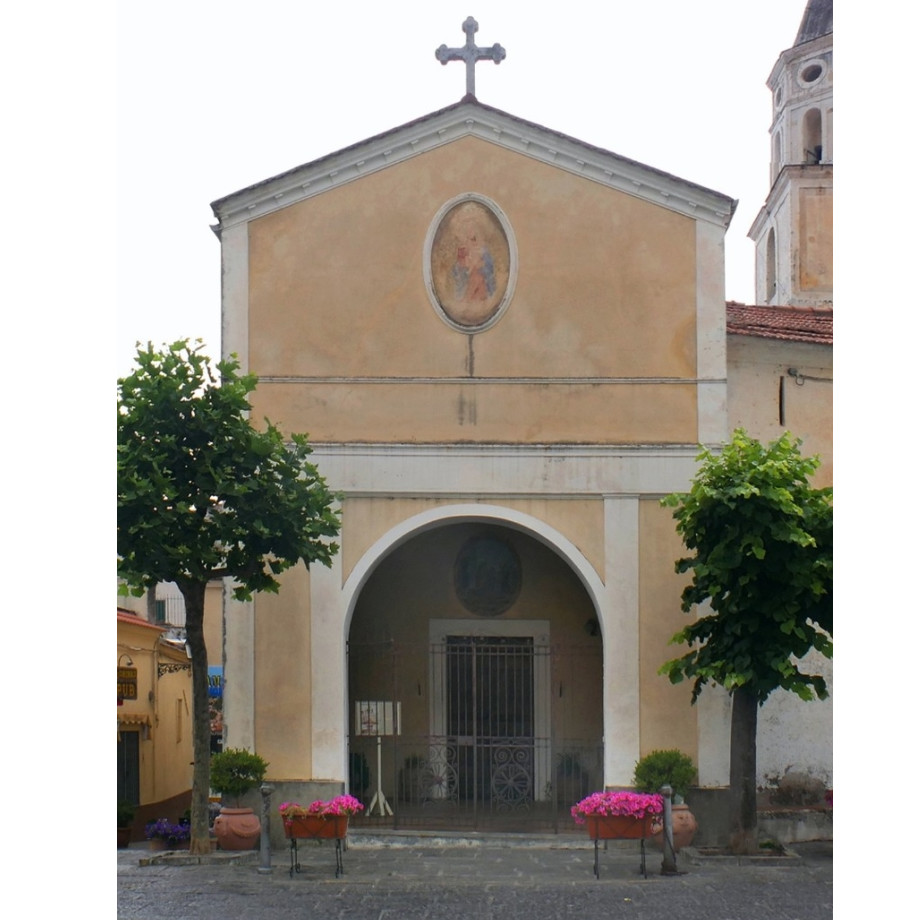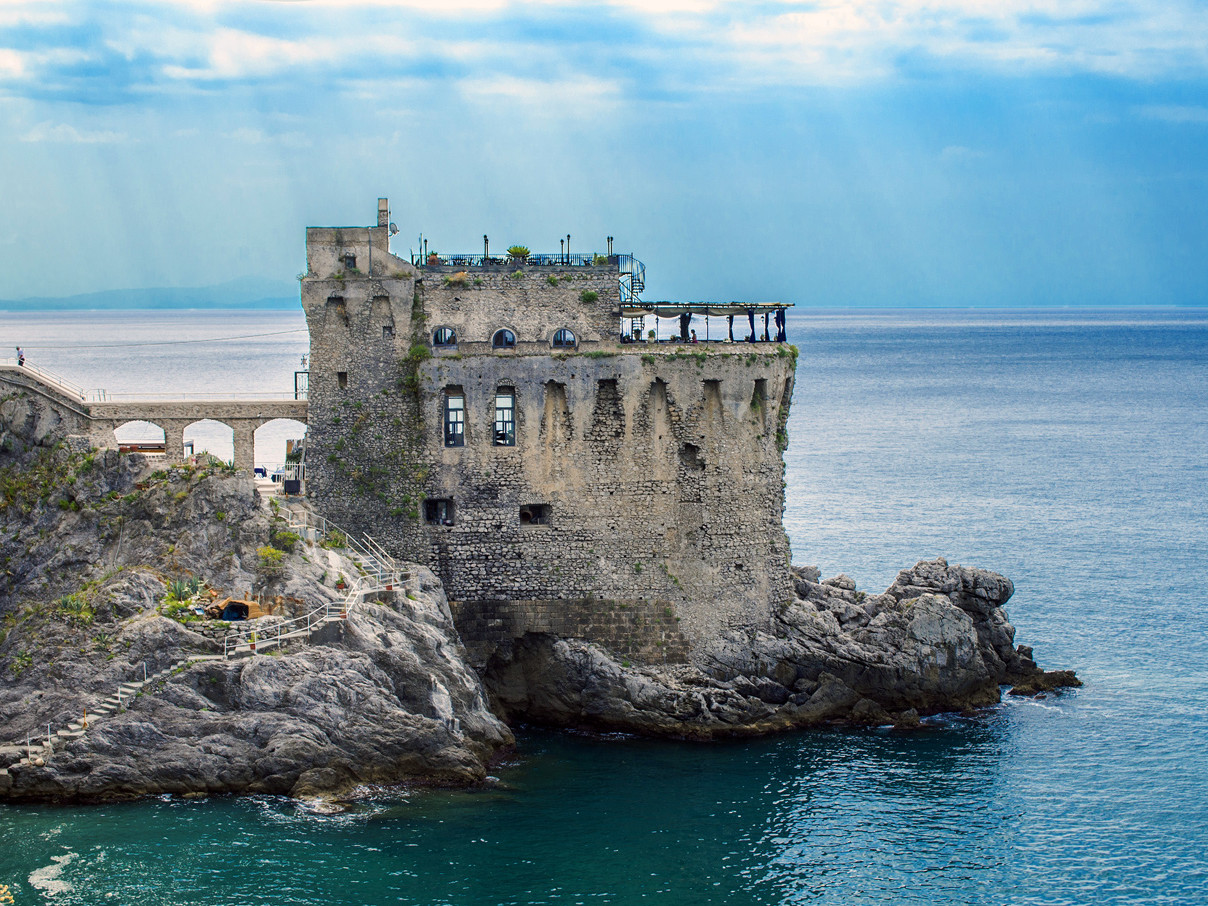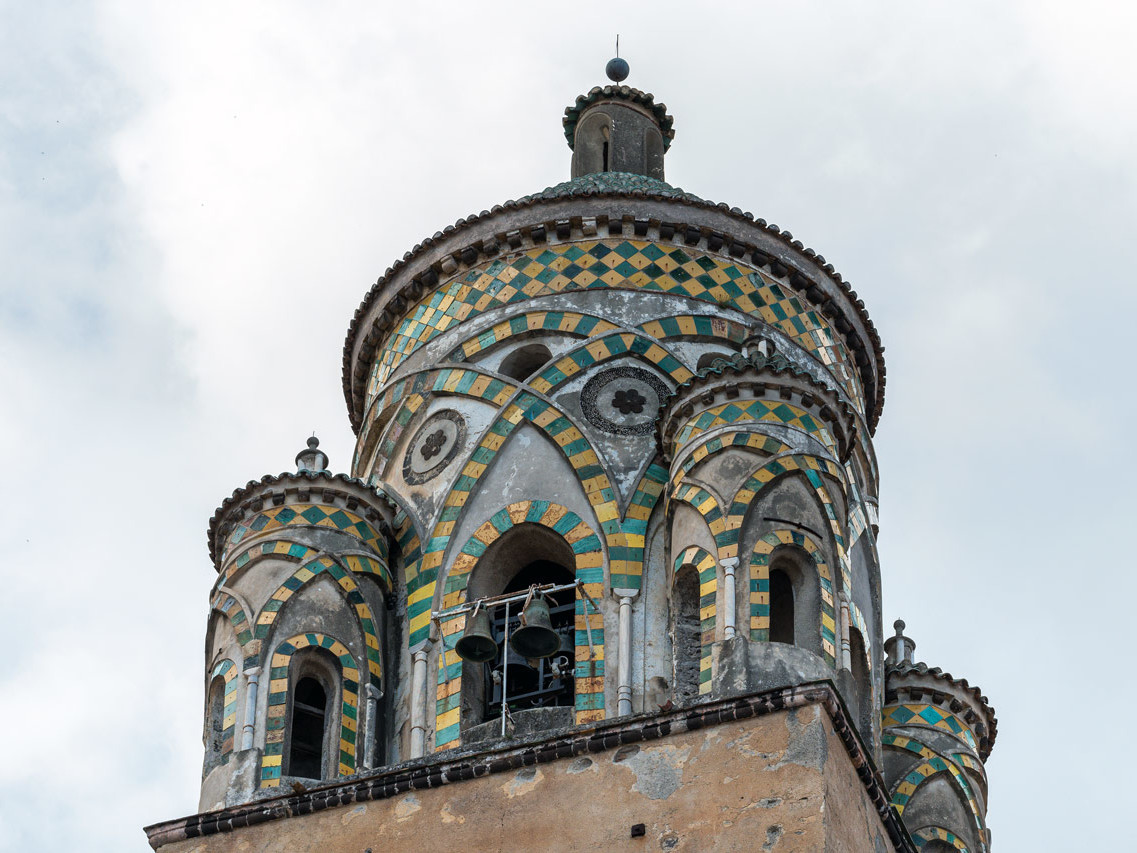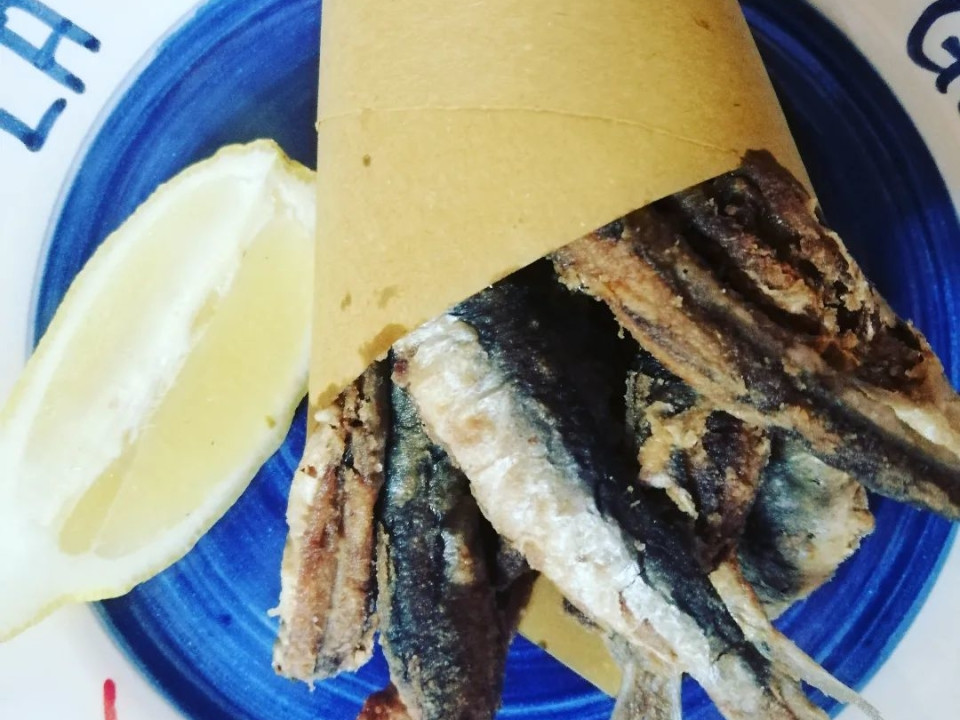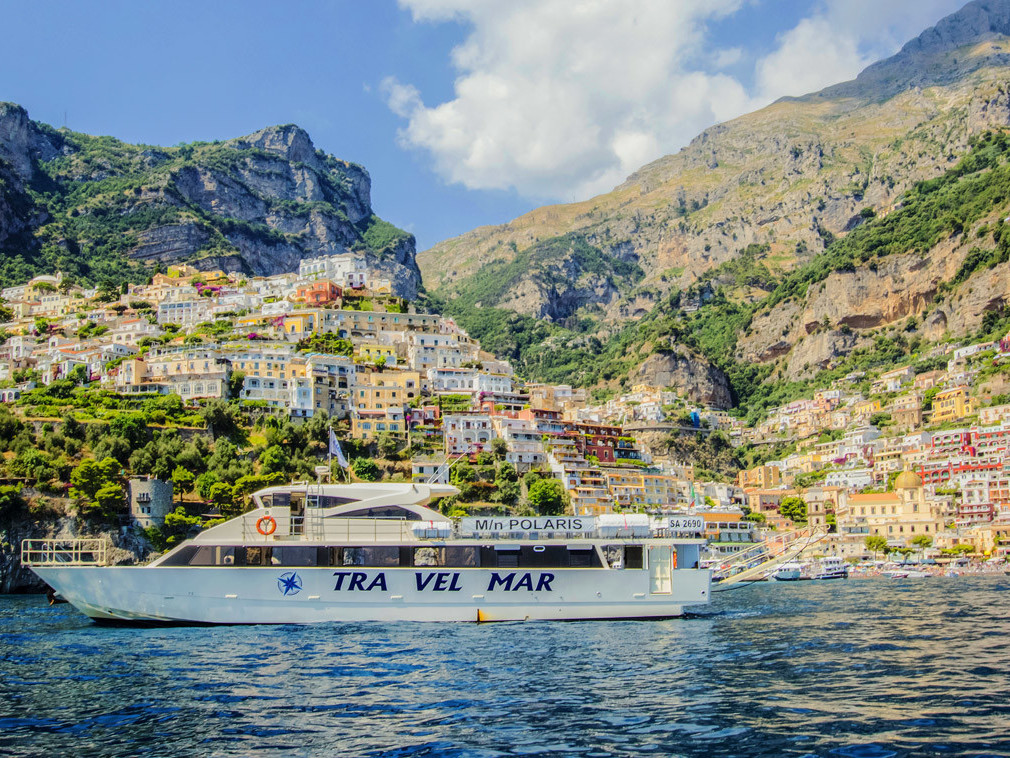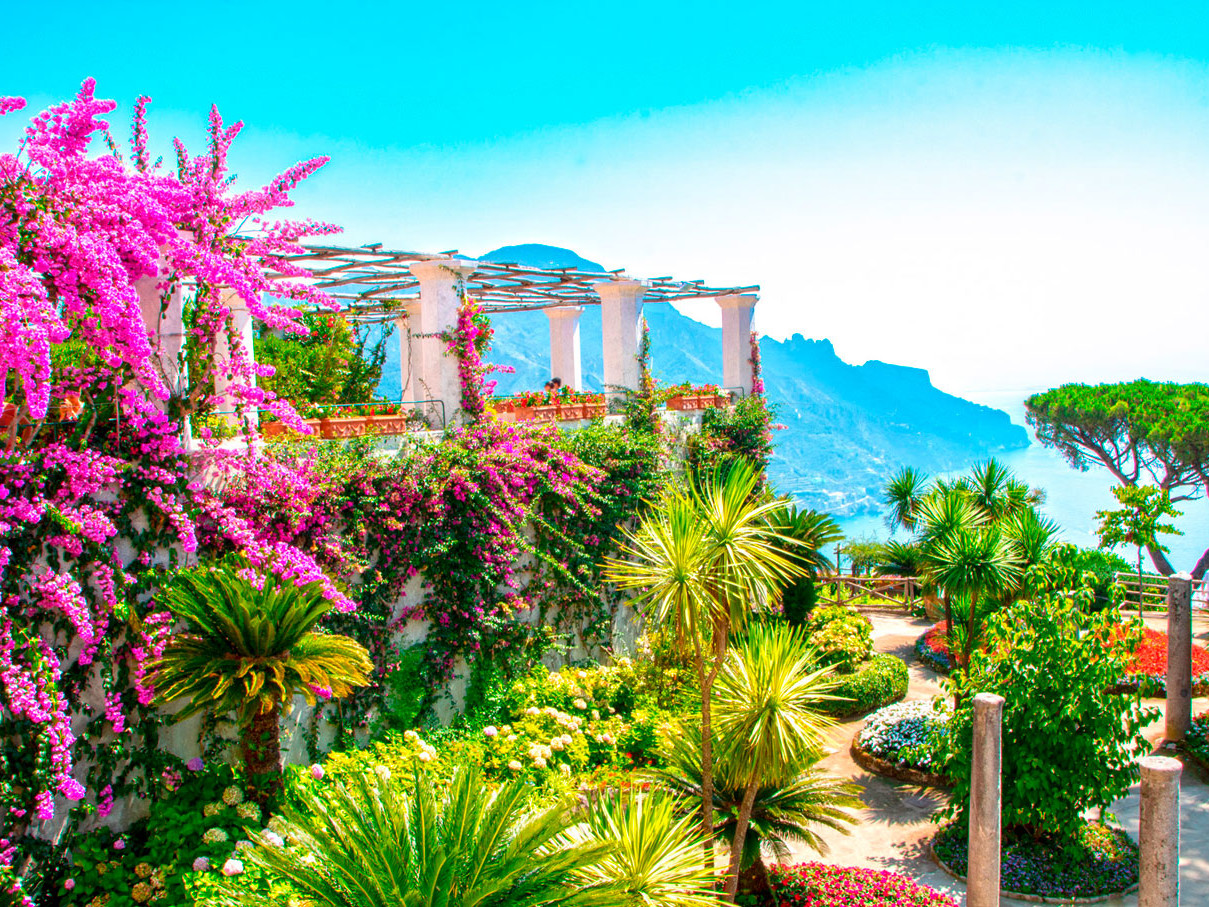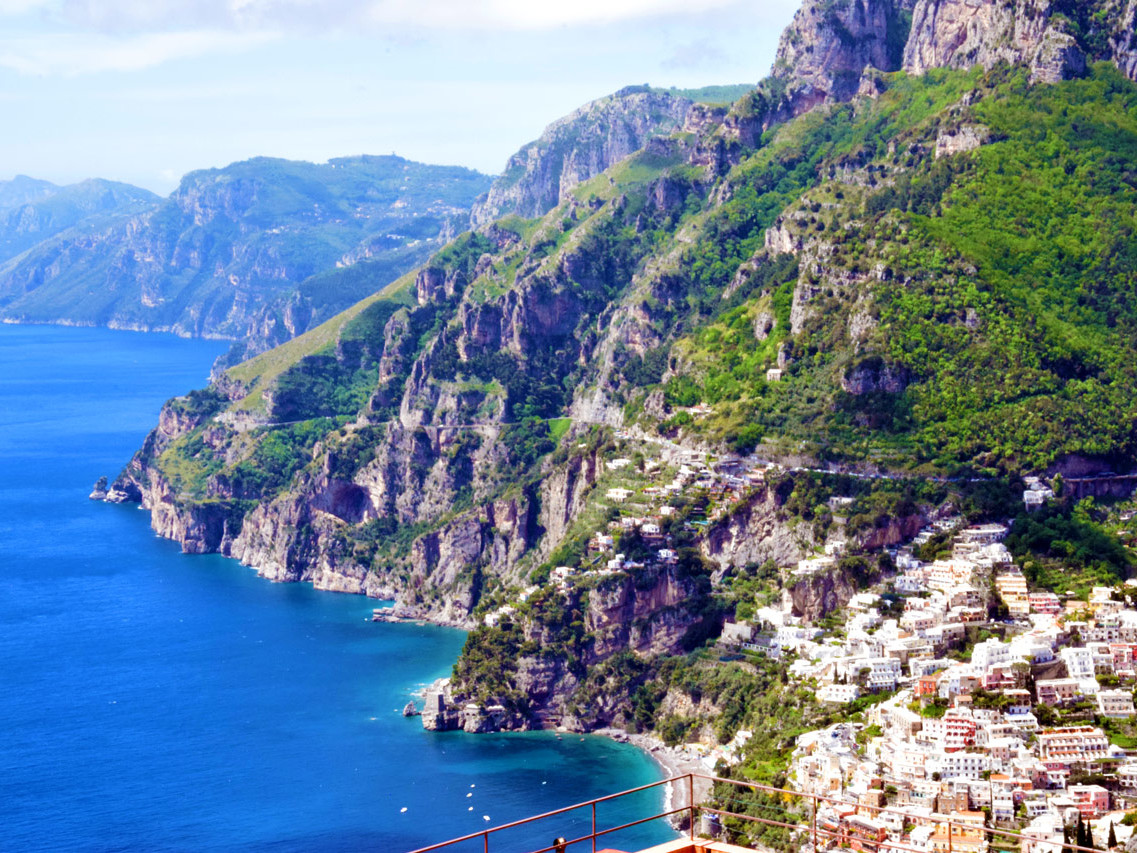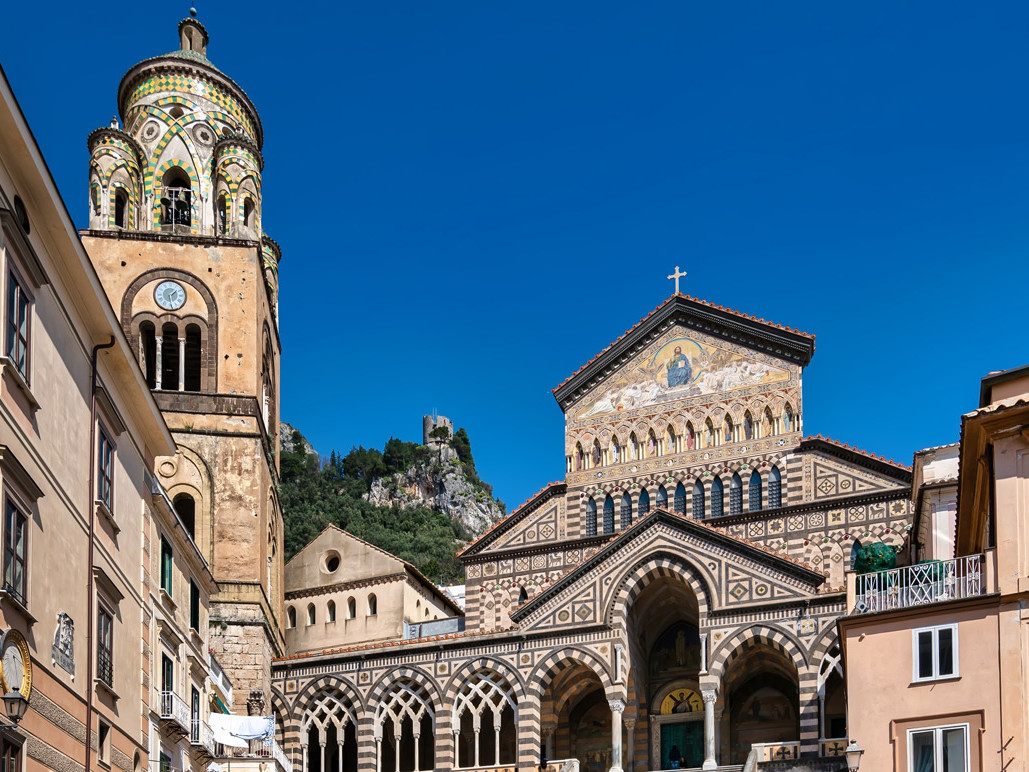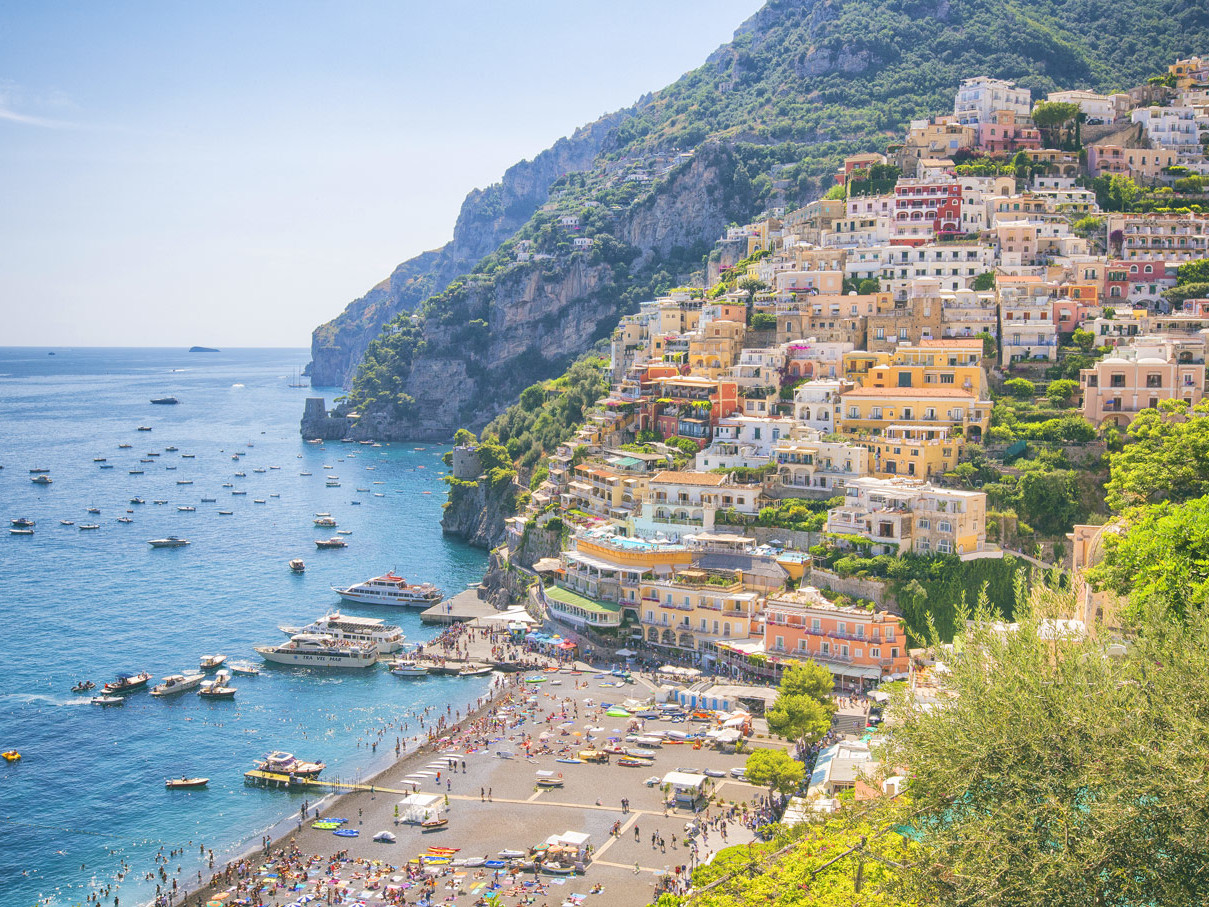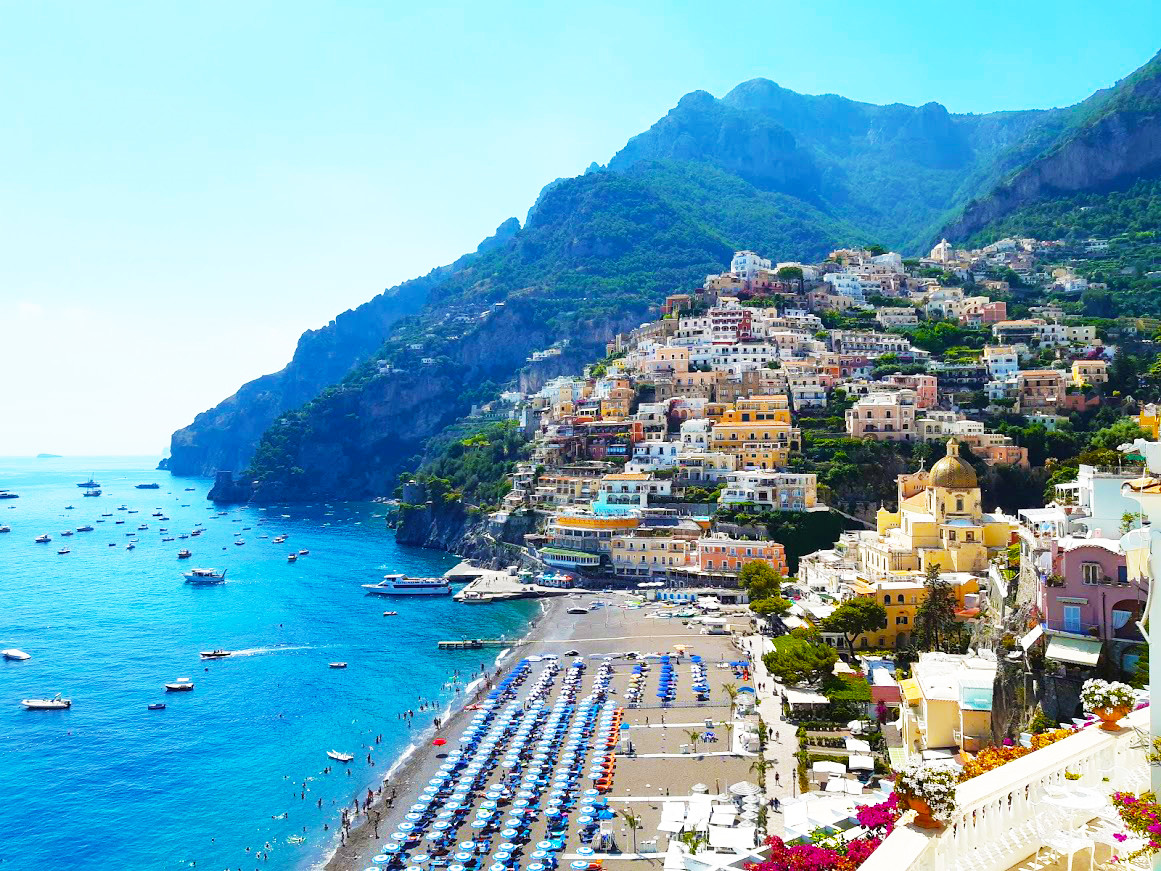THE FIVE "CASALI" OF AMALFI: ENCHANTING PLACES FULL OF ART
Perhaps not everyone knows that in Amalfi there are some enchanting places, where it is possible to enjoy lovely walks far from the chaos, and wonderful views.
by Barbara Iovine
In the territory of the pearl from which the entire Amalfi Coast takes its name, there are five hamlets — or "casali", as the Italians call them — scattered to the west of its urban center: Pogerola, Pastena, Lone, Vettica Minore, and Tovere.
These ancient hamlets have their strong personality. In the course of history, they have played a very important role in protecting the city, and the reminiscence of the past is still visible among the streets, where it is preserved a rich artistic and cultural heritage.
Treat yourself to an alternative itinerary and go to visit these small Amalfi villages. Your holiday will certainly become more fascinating: take a step back in time while visiting incredible places.
share this article
Tower in Pogerola
Visiting the hamlets: rural itinerary among little houses, churches, and beautiful landscapes
What makes these Amalfi’s districts so special? The presence of singular medieval structures certainly stands out. These houses, with a very particular “vaulted” shape, are able to not only enrich the landscape in which they are inserted but also make it truly peculiar. In addition to that, there is a real treasure to be discovered: the many churches scattered throughout the territory. Not to mention the peace that reigns in these oases of tranquility.
Today I will take you to the discovery of these small villages, on an out-of-the-ordinary rural itinerary, among panoramas and churches that will leave you speechless!
Pastena and its dream views
Let's start the tour starting from Pastena, the closest to Amalfi, at only 1 km away. Here you can admire one of the best panoramas of the area, especially from the view of the parish Chiesa di Maria SS. Assunta in cielo. This church, built in the 14th century, is the only one on the Amalfi Coast that still preserves two naves of the same width, and it is recognizable for its unique majolica bell tower in marine green: a true beauty. Inside, there is a valuable table from the 1500s by the artist from Maiori, Giovanni Angelo D'Amato, which represents the assumption of the Virgin into heaven. Anyway, the real peculiarity of the place is its position, among the characteristic terraces and small houses: it can be reached through narrow streets and stairs that go up the hill from the sea, a truly suggestive route.
When in Pastena, also pay a visit to the Chiesa di Santa Maria del Carmine, from the 14th century as well, and subsequently renovated. Currently, it has a neoclassical facade, but a keen eye can identify several elements that lead it back to its origins. Inside, in addition to the fresco of the “Fuga in Egitto”, you can admire several nineteenth-century statues of saints.
Vettica Minore: the romantic "casale"
Let's move on to Vettica Minore, between Amalfi and Conca dei Marini, not to be confused with Vettica Maggiore, in the municipality of Praiano. This village is rich in beautiful natural ravines formed by limestone rock, caves, and small and pretty beaches. Among these, S.Croce stands out for its particular rock formation: l’arco degli innamorati (the arch of lovers). According to tradition, couples must exchange a kiss, as a token of love, as they pass under its vault. Surrounded by the crystalline sea, with the view of the suggestive sixteenth-century watchtower and the arch as a frame, can you imagine something more romantic?
Always in Vettica Minore, in a truly strategic position, there is the church of San Michele Arcangelo, flanked by a bell tower with a distinctive majolica dome and its ornamental clock.
Vettica Minore in Amalfi
credits : comune.amalfi.sa.it
Lone and its historic parish
Near Pastena, towards the west, we find the hamlet of Lone, which has developed among beautiful gardens and terraced crops, typical of the coastal area. Here there are many buildings of the past, among others, I suggest you to visit the beautiful historical parish: the Chiesa della Natività di Maria SS — formerly called Santa Maria di Montevergine — which was rebuilt after a collapse, around 1890. The structure has kept its ancient 13th-century bell tower and houses a 14th-century table representing the Madonna del latte. Its façade, albeit simple, is truly fascinating thanks to its light colors.
Tovere between the scent of lemons
We continue our itinerary by climbing the stairs that from Vettica Minore take us 650 meters above sea level. Among the sour scent of lemons, there is the hamlet of Tovere: the only one, together with Pogerola, not wet by the sea.
Upon reaching your destination, in addition to the stunning panorama you can enjoy from above, you will certainly notice the Chiesa di San Pietro Apostolo, in Arab-Byzantine style, and its high bell tower. Inside, you can admire a 14th fresco depicting S. Pietro, and a triptych on the altar depicting the Madonna con Bambino, between Saint Peter, Saint Andrew, and the Holy Spirit. Also, noteworthy is the particular wooden nativity scene.
Tovere in Amalfi (Chiesa di San Pietro Apostolo)
credits :Tradizioni e feste in Costiera Amalfitana
Pogerola: the ancient castle
The last village of this itinerary is Pogerola, the most populous of the five, with an enviable landscape heritage that rises on the hill called Monte Falconcello, just behind Amalfi. In ancient times it was a real castle, of which today only part of the walls and two towers remain. Dedicate some time to a walk immersed in nature, enjoying the tranquility of the place and the panoramic view of the coast: from here, in addition to the Gulf of Salerno, you can also see the Li Galli islands, truly unmissable!
There is more: valuable medieval churches have been identified in the area, such as that of Santa Marina Vergine, where there is a statue of the Saint and a beautiful nativity scene from the 18th century, and those of San Michele Arcangelo and Madonna delle Grazie, all located in the center of the hamlet. Inside the latter, it is interesting to know that there is a wooden statue of the Virgin with a stone fragment where, according to legend, a drop of the Virgin's milk has fallen, during the flight into Egypt.
Finally, from the Chiesa della Madonna delle Grazie, descending the many typical stairways, you can return to the beautiful pearl of Amalfi.
The five hamlets are hidden oases, far from mass tourism and ready to give you moments of peace among the ancient churches and magnificent landscapes.
- It is possible to visit the five Amalfi hamlets by crossing the ancient Via Maestra dei Villaggi: an ancient medieval road that connects Amalfi to its villages. It is advisable to undertake this trekking route with an expert guide, as some sections are not well-marked.
- The toponym of Pastena recalls the “pastinare” activity, that is cultivating the land.
- The Chiesa di Santa Maria del Carmine, in the locality of Pastena, was formerly called the Chiesa di Santa Maria de Lupino, from the name of a local family. According to a legend, the building was destroyed by a flood and the statue of the Virgin was miraculously found on a pine, which is why it is popularly known as Santa Maria del Pino.
- The watchtower that can be seen from the beach of S. Croce, in Vettica Minore, was the gift that Carlo Ponti made to Sophia Loren on the occasion of their engagement.
fun facts
share this article


